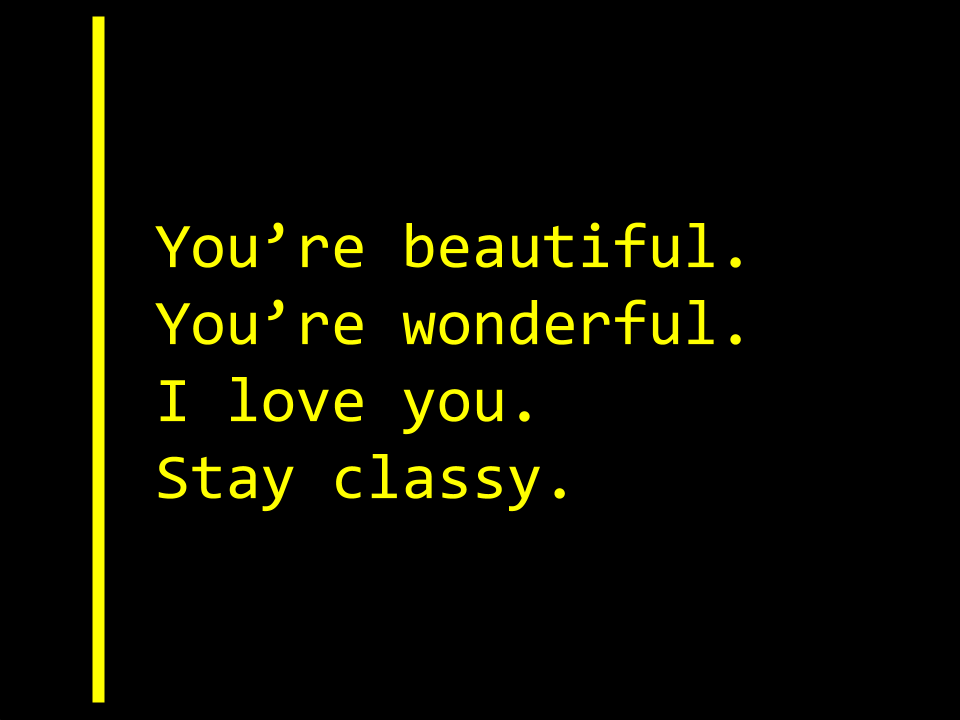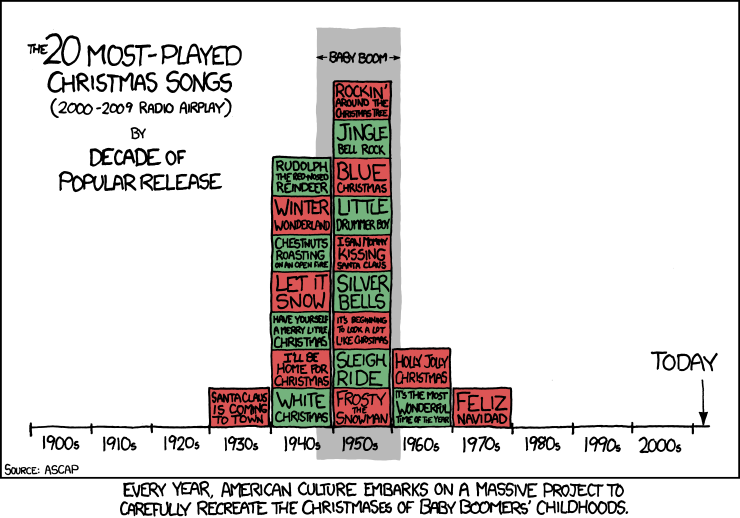From the minute the bearded man in the black suit and ponytail took the stage, all eyes of the choir were on him. He was the conductor, so that’s to be expected. What’s to be hoped for, but not always expected is the change in students’ eyes and smiles in the brief seconds as he prepared them to begin their two pieces.
Last night, at a school spring music concert here in the Czech Republic, I admit to being unaware of where we were in the program at least 70% of the time. I clapped when we all clapped, I chuckled when we all chuckled. Otherwise, I was going through the motions.
That was what struck me about the change in these young singers when their teacher took the stage. The look they gave him and the overall shift in composure when he was interacting with them signaled that this is a good teacher.
I’ve worked with teachers and students all over the world, and it’s never struck me as clearly as it did last night that the look I saw was universal. More finely put, it was a visual manifestation of a caring relation in action. When thinking about the ethic of care in the past, my focus has been turned to the one caring and the cared for. I’m worried about whether those I care for recognize it as care. I’m not ever concerned with what it looks like on the outside.
I realized last night night, when people are engaged in a caring relation, those on the outside can see it. It draws us in. I don’t play an instrument, and it’s been more than a decade since I tried to sing anything other than along with whatever music is streaming on my computer. Still, I wanted to be in this teacher’s class. I wanted him to teach my one-day children. If I were leading a school, I’d have considered slipping him my card.
Yes he knew his content and how to help students access it. Each piece in the concert evidenced this. But, only when I saw him interact with the students was I able to say, “This is a good teacher.”
Now I’m thinking back to demo lessons and interviews. Was content and technical proficiency really what mattered in selecting new faculty members? Partially, yes. A math teacher who’s no good with numbers and great with kids doesn’t sound like a good hire. A candidate who is proficient and great with kids, though, this strikes me as someone to be considered more closely.
I’ve always thought demo lessons a strange activity. When considering an entire group of students’ learning, watching a stranger teach them for 15 minutes isn’t going to give me much on their overall approach or effectiveness. Those teachers who end that 15 minutes and no longer feel like strangers to that classroom — those are the ones to keep around.
Friends who argue with me time and again when I attack their data-driven instruction as anti-humanist are equally flummoxed by me when I hold to the claim that you “just know” a good teacher when you see them. For our next bout, though, I’ll have a new line of reasoning ready. It turns on the old axiom, “They won’t care how much you know until they know how much you care.” I know a good teacher because, like the conductor last night, the caring is clear in their teaching.
From Theory to Practice:
- Whether in formal evaluative observations or when peers sit in on a class, ask for feedback on where visitors saw evidence of the ethic of care in action and how they came to that conclusion.
- When checking references on a potential new hire, ask “And how did you know they cared for students?” It’s likely to throw the conversation in a different direction. Good, it’s about time.
- At the end of a project or unit of study, ask students to reflect on where they saw evidence of your caring for them. Be prepared for some tough love from students you have a difficult time reaching and those you think you’ve got a great connection with. Most importantly, be open to that feedback and considering how you might shift your practice in the future.
 And, inveriably to myself…
And, inveriably to myself…

